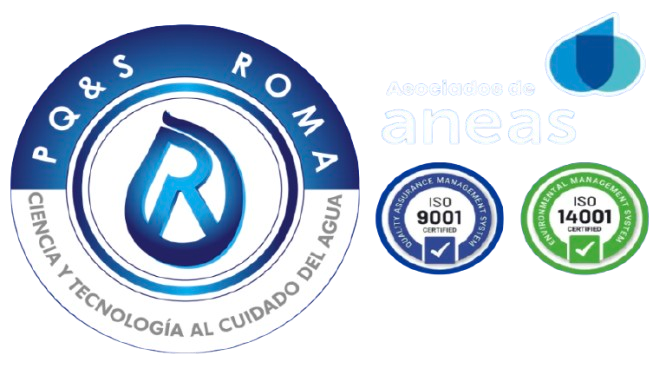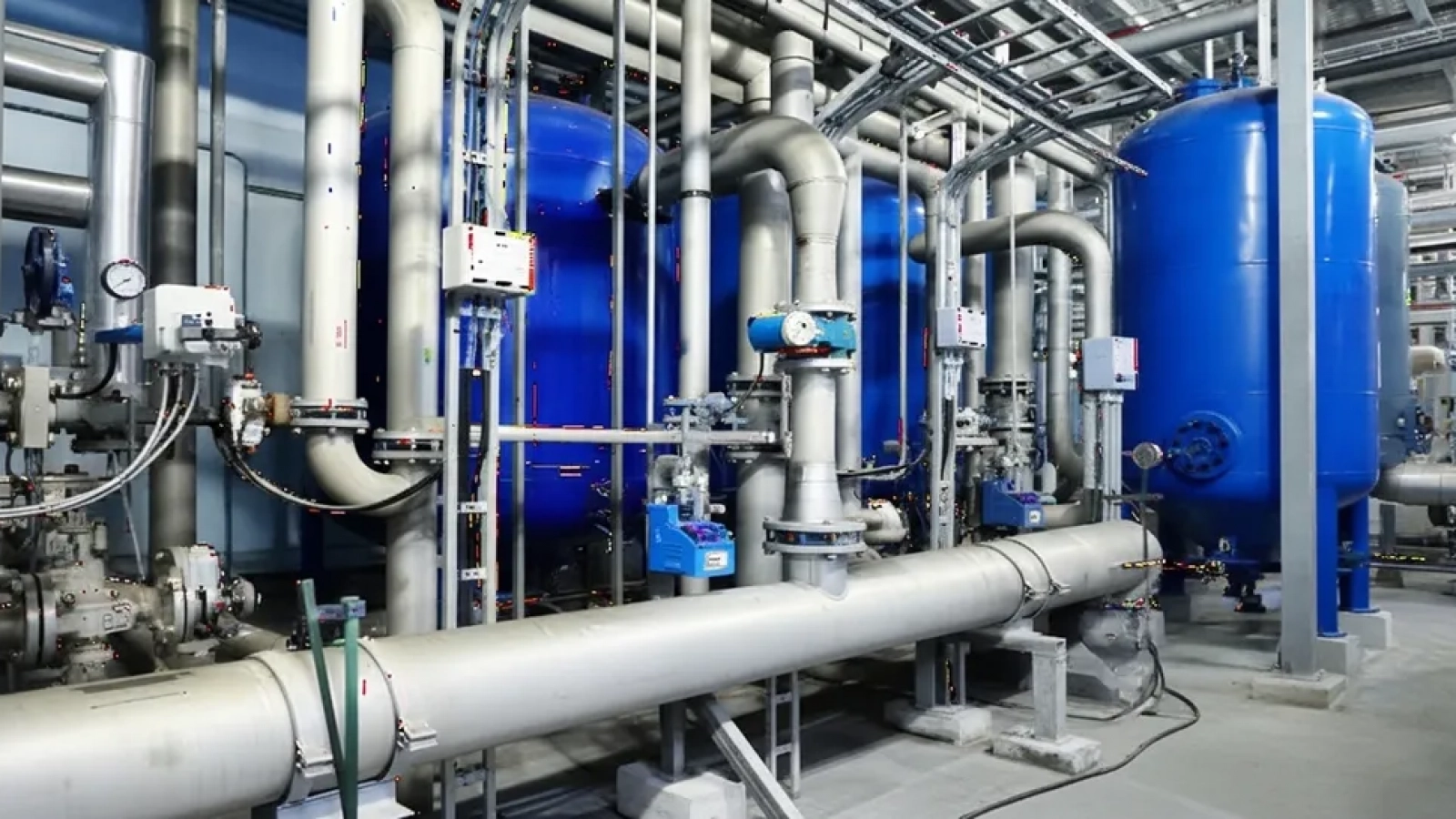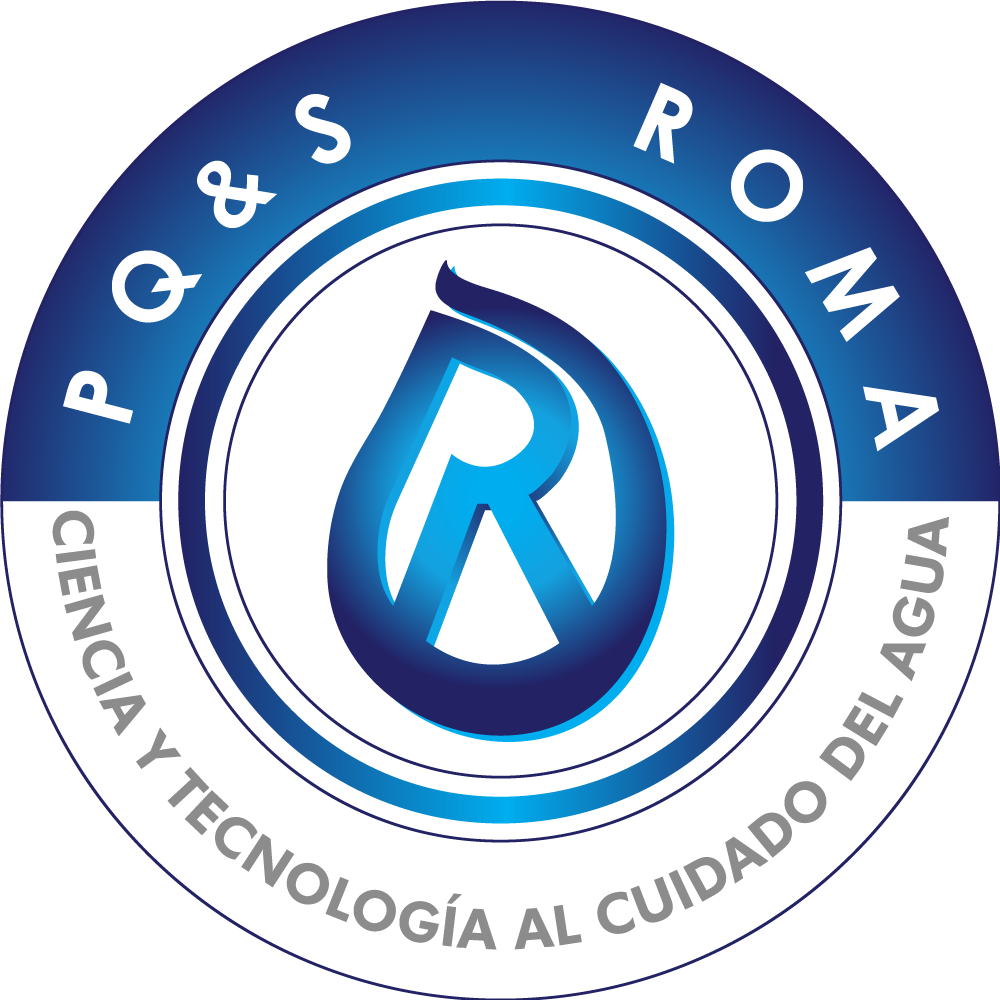Chemical water treatment in boilers is not just an additional step—it’s a fundamental pillar for the safety and efficiency of any industrial steam system. Ignoring this practice can lead to catastrophic failures, costly downtime, and a significant reduction in equipment lifespan. In this article, we explore best practices, commonly used chemicals, and key strategies to keep your steam system in optimal condition.
1. The Importance of Chemical Treatment
A well-designed boiler water treatment program helps control and mitigate the main challenges faced by steam systems:
- Mineral scaling: Prevents the formation of hard deposits inside tubes, which act as insulators, reducing heat transfer efficiency and increasing fuel consumption.
- Internal corrosion: Protects the system’s metal surfaces from chemical attack by dissolved oxygen and other corrosive agents.
- Steam quality: Ensures high-purity steam, free from solid or chemical carryover that could damage downstream equipment.
All of this is achieved through rigorous monitoring, proper feed control, chemical dosing, and regular follow-up testing.
2. Dissolved Oxygen Control
Dissolved oxygen is one of the greatest enemies of boiler systems. This gas, primarily introduced through make-up water, reacts with the metal in tubes and internal surfaces, causing localized corrosion (pitting).
The strategy to combat it is twofold:
- Mechanical deaeration: A deaerator removes most of the dissolved oxygen by heating the feedwater to its boiling point.
- Chemical scavengers: Products such as sodium sulfite, hydrazine, and DEHA are dosed to eliminate the residual oxygen that the deaerator cannot remove.
3. Types of Oxygen Scavengers
Each oxygen scavenger has specific characteristics and applications:
- Sodium Sulfite: One of the most common and economical options. It reacts with oxygen to form sodium sulfate and is ideal for low- to medium-pressure systems. A dosage of about 10 ppm per 1 ppm of oxygen ensures effective protection.
- Hydrazine: Used in high-pressure systems. Its main advantage is that it doesn’t increase the dissolved solids in the water. However, it is a carcinogenic compound and must be handled with special precautions.
- DEHA (Diethylhydroxylamine): A high-performance oxygen scavenger that not only removes oxygen but also helps form a protective magnetite (Fe₃O₄) layer on metal surfaces. Its volatile compounds travel with the steam, providing protection even in the condensate return lines.
4. Scale and Corrosion Control Through pH Management
Maintaining a controlled pH (between 9 and 11) is crucial for forming a protective magnetite layer (Fe₃O₄) inside the boiler. In addition, specific chemical programs are used to treat minerals that cause scaling.
- Phosphate-based programs: Phosphate compounds are dosed to precipitate calcium salts (Ca²⁺) as hydroxyapatite—a soft sludge that can be easily removed through blowdown.
5. Corrosion in Condensate Systems
Carbon dioxide (CO₂) generated in the boiler dissolves in the condensate, forming carbonic acid (H₂CO₃), which lowers pH and causes corrosion in pipelines and equipment. The dissolved metal, mainly iron, returns to the boiler, worsening the problem.
To combat this type of corrosion, neutralizing amines are used:
- Morpholine: Protects short sections of condensate lines, as it remains in the liquid phase.
- Cyclohexylamine: Protects long sections because it stays in the vapor phase.
Combining both amines ensures full protection of the condensate return system.
Conclusion
Chemical water treatment in boilers is not optional—it is an operational necessity to ensure long-term safety and efficiency. The correct selection and dosing of chemical products such as sulfite, DEHA, phosphates, and neutralizing amines are key to preventing corrosion and scaling, extending equipment lifespan, and maintaining your plant’s productivity.
At Químicos Roma, we are committed to excellence in industrial water treatment.
Contact us for specialized consulting and a customized chemical treatment program tailored to your operation.






Add a Comment